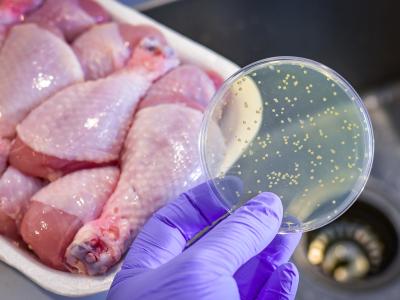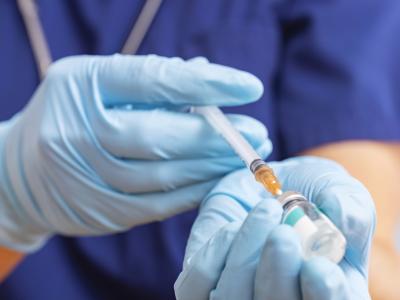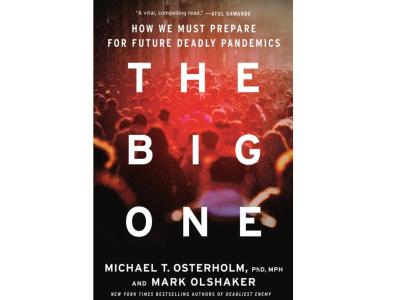Experts say production challenges show need for better flu vaccines
Recent reports of mutations introduced by egg-based flu vaccine production arriving on the heels of a tough flu season in Australia raise worries about a similarly difficult season ahead for the United States, experts said in a New England Journal of Medicine commentary yesterday.
Authors from the National Institute of Allergy and Infectious Diseases (NIAID) and the World Health Organization (WHO) collaborating center in Australia wrote that Australia had a record number of lab-confirmed flu infections, mostly from the H3N2 strain, with higher-than-average hospitalizations and deaths. An early estimate of vaccine effectiveness against H3N2 was only 10%. For comparison, the vaccine's effectiveness against H3N2 in the last Northern Hemisphere flu season was 34%.
The implications of Australia's season for the Northern Hemisphere's flu season aren't clear, but health officials are worried, because the vaccine composition is the same as for the Southern Hemisphere. "As we prepare for a potentially severe influenza season, we must consider whether our current vaccines can be improved and whether longer-term, transformative vaccine approaches are needed to minimize influenza-related morbidity and mortality," they said.
In their commentary, the group said problems underscore a need for research into better manufacturing systems, antigens, and platforms. The main goal, though, is to someday develop a universal flu vaccine that would eliminate the need for yearly immunization for seasonal flu while protecting against new subtypes, including pandemic strains.
Despite the current vaccine's limitations, people should still get their annual flu shots, they wrote, especially since they can reduce the risk of severe illness and death.
Nov 29 N Engl J Med commentary
Nov 29 NIAID press release
Altering vaccine virus mutation might boost FluMist protection
Researchers at Johns Hopkins Bloomberg School of Public Health recently identified a genetic mutation in the FluMist inhaled flu vaccine that might be used to restore the effectiveness of the vaccine. The team reported its findings in the most recent edition of Vaccine.
After scientists identified a drop in protection against the 2009 H1N1 strain in the United States, federal vaccine advisors recommended that it not be used for the previous and current flu seasons, a dramatic turnaround after the group's 2014 preferential recommendation for healthy kids ages 2 to 8.
The company that makes FluMist, MedImmune, has been working to identify reasons for the gap in protection and has said it could be linked to reduced fitness of the H1N1 vaccine component.
In the new study, the researchers identified a previously overlooked mutation in the gene encoding the M2 viral protein that reduces virus production, which they found in two of the vaccine strains. When they reversed the mutation in one of the viruses, replication became more active in lab-cultured human nasal cells, triggering more robust production of immune proteins. The activity boost also ramped up production of the immune protein interferon lambda, also suggesting an increased immune response.
The team said that in principle, the mutation site—and maybe others on the vaccine virus—could be used as "dimmer switches" to adjust the vaccines strength up or down, striking a balance between robust immune response without causing illness.
Andrew Pekosz, PhD, professor in Bloomberg's department of molecular microbiology and immunology, said in a press release from the school that the next step is to make a panel of live attenuated influenza vaccine viruses with different mutations to see if researchers can increase replication rates to protect children and other age-groups better in the past few years.
Dec 4 Vaccine abstract
Nov 28 Johns Hopkins press release











